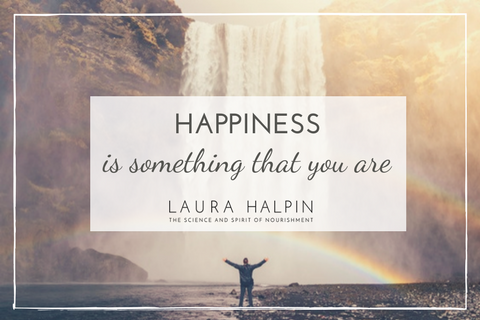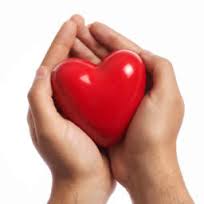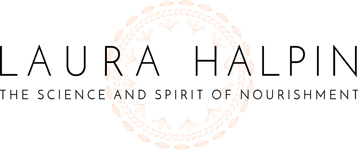
Happiness is Something that You Are

Three days ago, Dr. Wayne Dyer made an exit from his body. His message over all his many years was we create our reality and our reality is a reflection of what we chose to see and believe. It’s a message of the responsibility and power we have. In each instance, no matter our circumstances, how we frame the instant determines our experience of it.
This message is grounded in neuroscience research. What we focus on shapes the brain and determines our emotional experiences. According to Dr. Joe Dispenza, author of Breaking the Habit of Being Yourself, what we think creates an emotional reaction. Emotions, when dwelled upon, become a mood. A mood, when practiced, becomes a temperament, and finally, a temperament practiced over time becomes a personality trait. We see it in the people around us, don’t we? No matter the circumstances, positive people see the good, and pessimistic people dwell on the negative. We choose what we see and the choice reinforces our beliefs about the world. A prime example of this is Anne Frank. Another is Nelson Mandela.
Happily, we can intervene at the level of thought and retrain our brains to respond differently to our circumstances. It takes repetition and practice. This rewiring/reshaping of the brain is called neuroplasticity.
All it takes is a trash can.
Want an easy, quick trick to rewire your brain? It’s the trash can exercise.
 I ran across this beautiful exercise when my kids were taking a self-defense class created by an amazing organization called Kidpower. The instructor wisely started the kids out with an exercise in boundary setting. She had the kids put one hand on their hips, creating a circle with the arm. “Now, imagine that this circle is a garbage can. When someone says something to you that is mean or makes you feel badly, where do you put it?” Then instructed them to place the other free hand flat over their hearts. “Do you put it in your heart? Or do you put it in the trash?” She had them practice putting words into their proper place, by calling out, “You are so smart!”” I love the way you write.” “You are such a baby. I can’t believe you’re crying.” “You only got a B-?” The kids exuberantly, stuffed the comments in the trash or their hearts where they belonged. Got the visual?
I ran across this beautiful exercise when my kids were taking a self-defense class created by an amazing organization called Kidpower. The instructor wisely started the kids out with an exercise in boundary setting. She had the kids put one hand on their hips, creating a circle with the arm. “Now, imagine that this circle is a garbage can. When someone says something to you that is mean or makes you feel badly, where do you put it?” Then instructed them to place the other free hand flat over their hearts. “Do you put it in your heart? Or do you put it in the trash?” She had them practice putting words into their proper place, by calling out, “You are so smart!”” I love the way you write.” “You are such a baby. I can’t believe you’re crying.” “You only got a B-?” The kids exuberantly, stuffed the comments in the trash or their hearts where they belonged. Got the visual?
Sometimes when I work with my clients, we practice this exercise. Why? Because many of us have a tendency to place the negative or hurtful (especially our own thoughts) in our hearts where we mull them over which then magnifies the feeling associated with that particular negative thought. We have to train ourselves to quickly dispense with the negative. Conversely, often we put what is positive in the trash. “You look so beautiful today.” “I cannot believe how well you handled that situation.” We minimize these messages, trashing them, rather than storing them away in our hearts, thus missing the opportunity to internalize and grow the related positive emotions.
This “filing” reflex is a habit we can re-learn with practice.
What does this have to do with health? Everything. Emotions are formed by our brains’ chemical reactions to our thoughts. These chemical reactions (neurotransmitters) drive our hormone production, which can either guard or erode our health. For example, we think positive thoughts, really dwelling on them, and our bodies produce oxytocin, the hormone of love and bonding. This is the same hormone produced when breastfeeding, hugging and having an orgasm. We think negative thoughts, and we trigger a stress response. This stress response produces cortisol, which not only prepares us for escape, but over time and overuse, ages our brains and our hearts.
 All this to say, TODAY, PLEASE PRACTICE! Listen to your thoughts and file them appropriately in the trash or your heart. Listen to what other people say to you, and file with awareness.
All this to say, TODAY, PLEASE PRACTICE! Listen to your thoughts and file them appropriately in the trash or your heart. Listen to what other people say to you, and file with awareness.
What we focus on grows. “Happiness is something you are and it comes from the way you think.” Thank you, Dr. Dyer.




